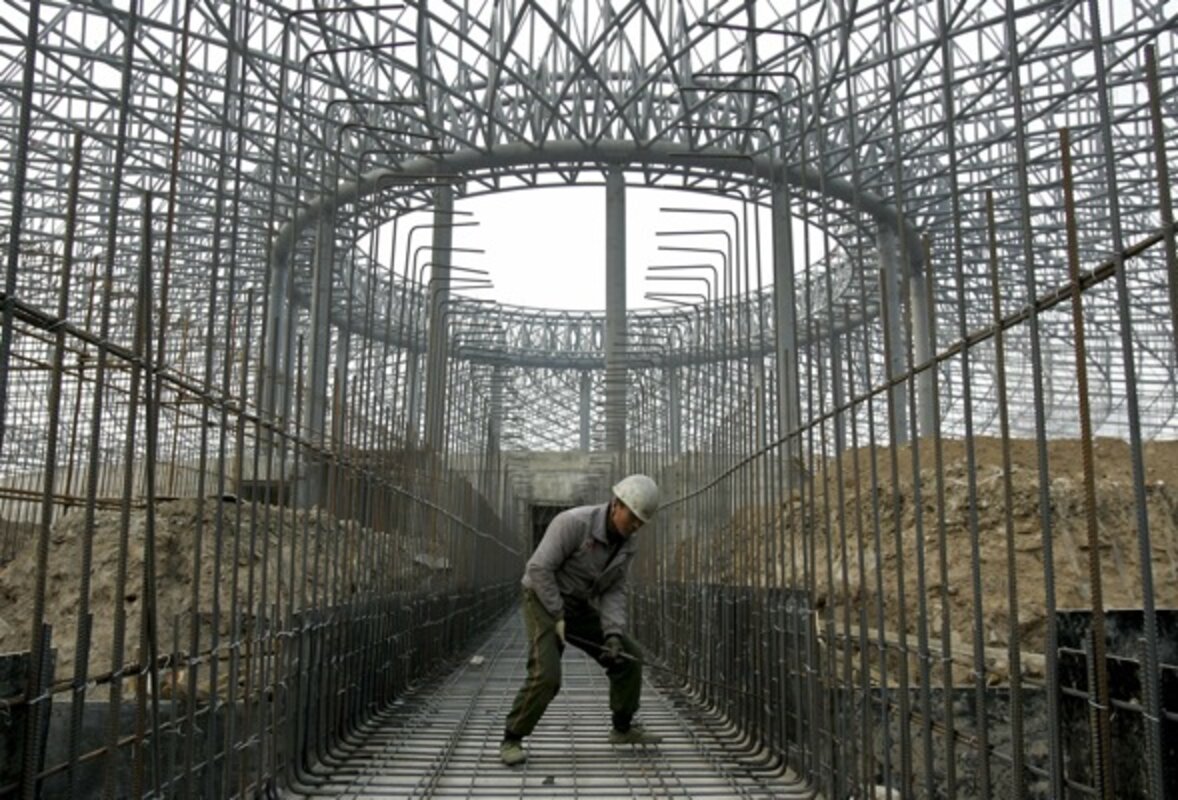Inflation and the Asian consumer boom
Loading...
The Dow fell on Friday. It was down 37 points. Another day older. Another day not wiser. We donāt know any more than we did the day before.
Oil fell $1. Gold dropped $19.
Hmmmā¦ Inflation? Deflation? Analysts and pundits are trying to look into the future. Whatās coming? Higher pricesā¦or lower ones?
Forget looking into the future. Itās hard enough to tell what is going on right now.
Our prediction, years ago, was that we would see BOTH inflation and deflation. But even we didnāt foresee such a mix of inflation and deflation AT THE SAME TIME.
In India, which we left this morning, food prices are soaring.
āConsumer boom drives rapid rise in inflation,ā says The Financial Times.
In parts of India, the price of tomatoes rose 200% in just a few days.
The āinflation genie is getting out of the bottle,ā is the ¹ó°Õās comment.
Worldwide, at the wholesale level, thereās plenty of inflation. Oil has gone up 115% since January ā09. West Texas Intermediate is now selling for $85 a barrel. Iron ore is up 95% during the same period.
Thereās also something called the Rind Index that measures the commodities that people donāt usually pay any attention to ā things like burlap and animal hides. These things are used by industries to make things. Thereās not much speculative buying. But thereās plenty of inflation. The Rind Index is up 50% since January ā09.
Prices are rising in China too. Guangdong, a large state in South China, next to Hong Kong, has just raised its minimum wage by 20%. Believe it or not, the papers tell of a labor shortage in China. There are said to be some 2 million unfilled jobs in the Pearl River Delta area, says the FT.
(Dear Readers looking for employment might want to think twice before packing their bags and going to China. After the wage increase, the minimum monthly salary in Guangzhou, the provincial capital, is still only 1,030 renminbiā¦or about $145.)
Inflationā¦inflationā¦inflation everywhereā¦
But wait. The Fed says thereās no inflation:
āWith substantial resource slack to restrain cost pressuresā¦inflation is likely to be subdued for some time.ā
The Fed is rightā¦as far as it goes. CPI readings in the US are coming in at their lowest levels in six years. Most businesses have plenty of excess capacity. The labor market has 11 million surplus workers. The dollar is strong. China is desperate for customers. Why should prices rise?
But thatās what theyāre doing. Rising. And falling. At the same time. Hot money from the feds ā and āgrowthā in China and elsewhere ā drive up prices for raw materialsā¦ while the Great Correction drives down consumer prices in the US and Europe.
How will this work out? Which one will dominate ā inflation or deflation?
It depends. So far, the feds are winning their battle ā at least on the surface. Stocks are up. Commodities are up. Junk bonds are up.
But weāre still betting that the major trend ā¦the deeper and more important trendā¦is down. You wouldnāt know it from reading the paper or watching the TV. On the surface, the crisis is over. And maybe it really is. But itās a bad bet. Because the risk is still on the downside.
If the feds succeed, maybe they can keep the credit bubble ā now focused public sector credit ā pumped up a bit longer. But so what? What can you win by betting on even higher stock, bond and commodity prices? Probably not very much.
The downside, on the other hand, is like the Grand Canyonā¦deepā¦and treacherousā¦
------------------------------
ŗ£½Ē“óÉń has assembled a diverse group of the best economy-related bloggers out there. Our guest bloggers are not employed or directed by the Monitor and the views expressed are the bloggers' own, as is responsibility for the content of their blogs. To contact us about a blogger, click here. To add or view a comment on a guest blog, please go to the blogger's own site by clicking on the link above.




